Introduction
Zongzi, a traditional Chinese food wrapped in bamboo leaves and filled with sticky rice and various ingredients, has been a beloved delicacy during the Dragon Boat Festival for centuries. This festive treat not only symbolizes the rich cultural heritage of China but also offers a delightful culinary experience. However, enjoying zongzi can be more than just unwrapping and eating; there are several ways to enhance your zongzi-eating experience. From selecting the perfect zongzi to preparing and serving them creatively, this article will guide you on how to enjoy zongzi to the fullest.

Understanding Zongzi Varieties
Before diving into the intricacies of enjoying zongzi, it’s crucial to understand the various types available. Zongzi come in a myriad of flavors and fillings, each reflecting regional preferences and culinary traditions. Here are some popular varieties:
-
Sweet Zongzi: These are typically filled with red bean paste, lotus seed paste, or jujube, and may be sweetened with sugar or honey. Sweet zongzi are often served as desserts.
-
Savory Zongzi: These feature savory fillings such as pork, salted duck egg yolks, mushrooms, and peanuts. They are often seasoned with soy sauce, five-spice powder, and other aromatic spices.
-
Vegetarian Zongzi: For those who prefer a plant-based diet, vegetarian zongzi are filled with ingredients like sweet potatoes, mung beans, and bamboo shoots.
-
Glutinous Rice-Only Zongzi: Sometimes referred to as “plain zongzi,” these consist solely of sticky rice and are often dipped in soy sauce or eaten with other condiments.
-
Innovative Zongzi: In recent years, chefs have experimented with unique fillings such as chocolate, ice cream, and even durian, catering to modern tastes.
Selecting the Perfect Zongzi
Choosing the right zongzi is the first step towards a satisfying eating experience. Here are some tips for selecting high-quality zongzi:
-
Appearance: Look for zongzi that have a glossy, evenly colored exterior. The bamboo leaves should be tight and not cracked, indicating that the zongzi have been well-wrapped.
-
Aroma: Give the zongzi a gentle sniff. They should have a pleasant, fragrant aroma from the rice and fillings. Avoid any that smell sour or moldy.
-
Source: If purchasing from a store or market, choose reputable vendors known for their fresh, high-quality products. Homemade zongzi can also be a delightful option, especially if you know the cook’s reputation for culinary excellence.
-
Ingredients: Check the ingredient list if available. Ensure that the fillings and spices used are to your liking and that there are no allergens you need to avoid.
-
Freshness: Always check the packaging date and expiration date if buying packaged zongzi. Freshly made zongzi are preferable to those that have been sitting on shelves for a long time.
Preparing Zongzi for Enjoyment
Once you’ve selected your zongzi, proper preparation is key to unlocking their full flavor. Here’s how to prepare them:
-
Boiling: The most traditional method is to boil zongzi in water for about 2-4 hours, depending on their size. This ensures that the sticky rice is cooked through and the flavors have melded together.
-
Steaming: An alternative to boiling is steaming. Place the zongzi in a steamer basket and steam for about 1-2 hours. Steaming tends to preserve the flavors and textures more intact.
-
Microwaving: For a quicker option, you can microwave zongzi, but this method may not yield the same texture as boiling or steaming. Wrap the zongzi in a damp paper towel and microwave for 3-5 minutes, depending on the microwave’s power.
-
Reheating: If you have leftover zongzi, store them in the refrigerator and reheat them before eating. You can reheat them in the microwave, oven, or even on the stovetop.
Serving Zongzi Creatively
Serving zongzi doesn’t have to be mundane. With a bit of creativity, you can elevate your zongzi-eating experience to new heights. Here are some serving suggestions:
-
Dipping Sauces: Prepare a variety of dipping sauces such as soy sauce mixed with a touch of sesame oil, chili oil, or sweetened condensed milk for a unique twist.
-
Accompaniments: Serve zongzi with side dishes like pickled vegetables, spicy cucumber slices, or a simple salad to balance the rich flavors of the zongzi.
-
Garnishes: Add a sprinkle of chopped green onions, sesame seeds, or chili flakes for an extra layer of flavor and texture.
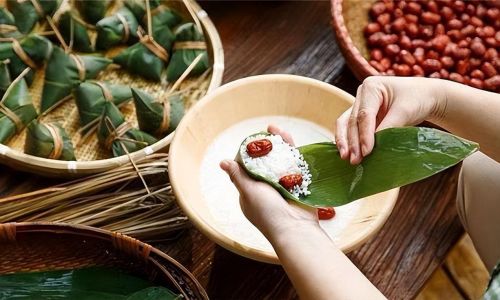
-
Plating: Arrange your zongzi attractively on a plate with colorful garnishes and condiments. This not only enhances the visual appeal but also makes the eating experience more enjoyable.
-
Fusion Dishes: Experiment with incorporating zongzi into fusion dishes. For example, chop up zongzi and mix them into a fried rice or stir-fry for a unique twist on traditional dishes.
Eating Zongzi Mindfully
Enjoying zongzi mindfully can help you appreciate their flavors and textures more fully. Here are some tips for mindful eating:
-
Set the Mood: Create a pleasant eating environment. This could involve setting the table with your favorite tableware, lighting candles, or playing soft background music.
-
Savor Each Bite: Take your time to savor each bite of zongzi. Pay attention to the flavors, textures, and aromas as you eat. Chew slowly and enjoy the complexity of each ingredient.
-
Be Present: Avoid distractions like watching TV or scrolling through your phone while eating. Focus solely on your meal and the experience of eating it.
-
Reflect: Take a moment to reflect on the significance of zongzi and the Dragon Boat Festival. Consider the cultural heritage and traditions behind this food and how it connects you to your past and present.
-
Gratitude: Practice gratitude by acknowledging the people who prepared the zongzi, the ingredients used, and the opportunity to enjoy such a delicious meal.
Storing and Preserving Zongzi
If you have leftover zongzi or want to store them for later, here are some tips for storing and preserving them:
-
Refrigeration: Store cooked zongzi in an airtight container in the refrigerator for up to 3-4 days. Make sure they are fully cooled before storing.
-
Freezing: For longer storage, you can freeze zongzi. Wrap them individually in plastic wrap or aluminum foil and place them in a freezer-safe bag. They can be kept in the freezer for up to 3 months.
-
Reheating Frozen Zongzi: When ready to eat, thaw frozen zongzi in the refrigerator overnight or place them in cold water for a few hours. Reheat them using your preferred method (boiling, steaming, or microwaving) until they are heated through.
-
Avoiding Food Waste: If you’re concerned about food waste, consider sharing zongzi with friends and family or donating them to a local food bank.
Cultural Significance and Traditions
Understanding the cultural significance and traditions behind zongzi can add an extra layer of meaning to your eating experience. Here are some interesting facts and traditions:
-
Origin: The origin of zongzi dates back to the Spring and Autumn period in Chinese history. They were originally created to honor the poet Qu Yuan, who drowned himself in the Miluo River in protest against corruption. Villagers threw zongzi into the river to prevent fish from eating his body.
-
Dragon Boat Festival: Zongzi are a staple during the Dragon Boat Festival, a traditional Chinese holiday celebrated in honor of Qu Yuan. The festival also features dragon boat races, traditional games, and other cultural activities.
-
Regional Variations: Zongzi vary greatly in shape, size, and filling depending on the region. For example, southern Chinese zongzi tend to be larger and filled with savory ingredients, while northern Chinese zongzi are smaller and often sweet.
-
Gift-Giving: Zongzi are often given as gifts during the Dragon Boat Festival. They are a symbol of friendship, love, and good wishes.
-
Modern Celebrations: In recent years, the Dragon Boat Festival and zongzi have become more popular globally, with people from different cultures enjoying and celebrating this traditional Chinese food.
Conclusion
Enjoying zongzi is not just about eating a delicious treat; it’s about immersing yourself in the rich cultural heritage and traditions of China. By selecting high-quality zongzi, preparing them properly, serving them creatively, eating them mindfully, and understanding their cultural significance, you can enhance your zongzi-eating experience and appreciate this traditional food to the fullest. Whether you’re celebrating the Dragon Boat Festival or simply enjoying a tasty snack, zongzi offer a delightful way to connect with China’s culinary and cultural past
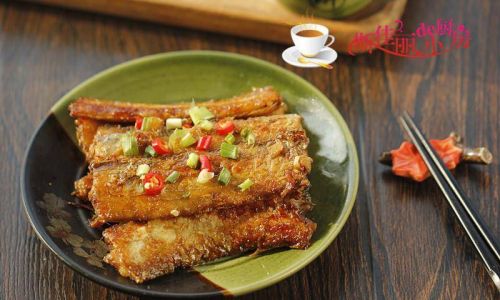
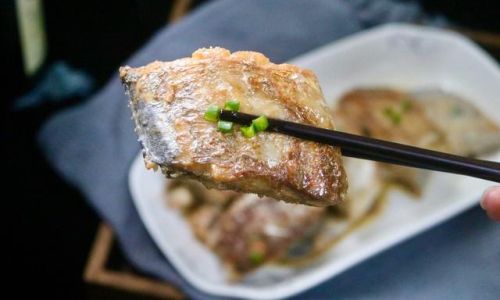

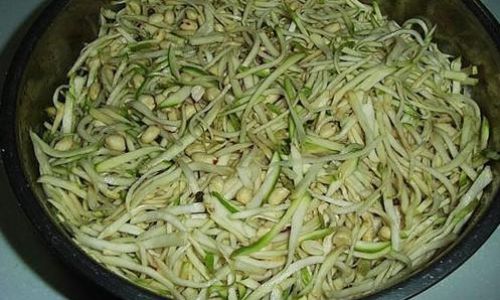
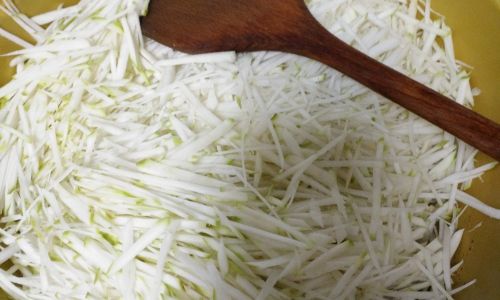
0 comments